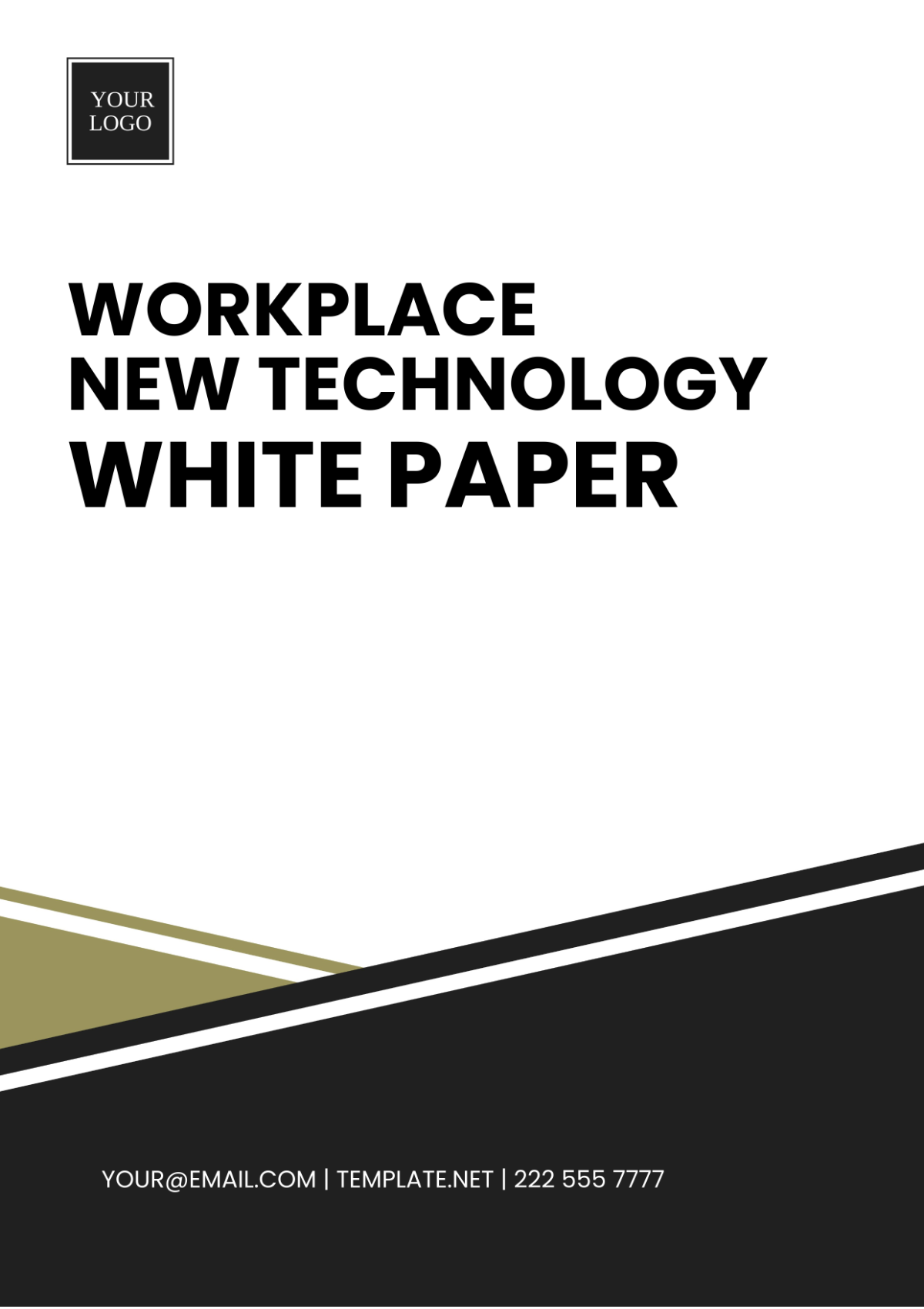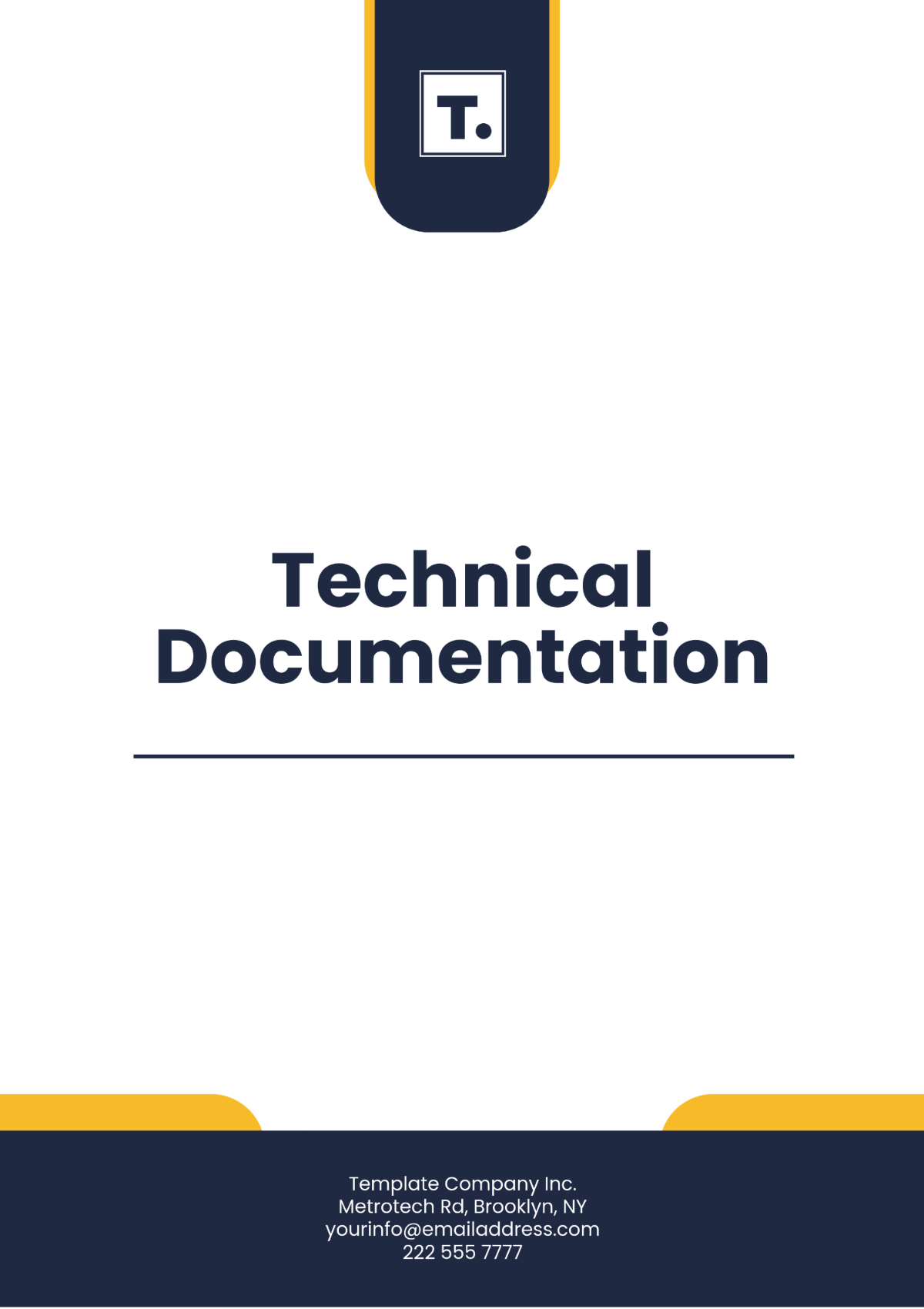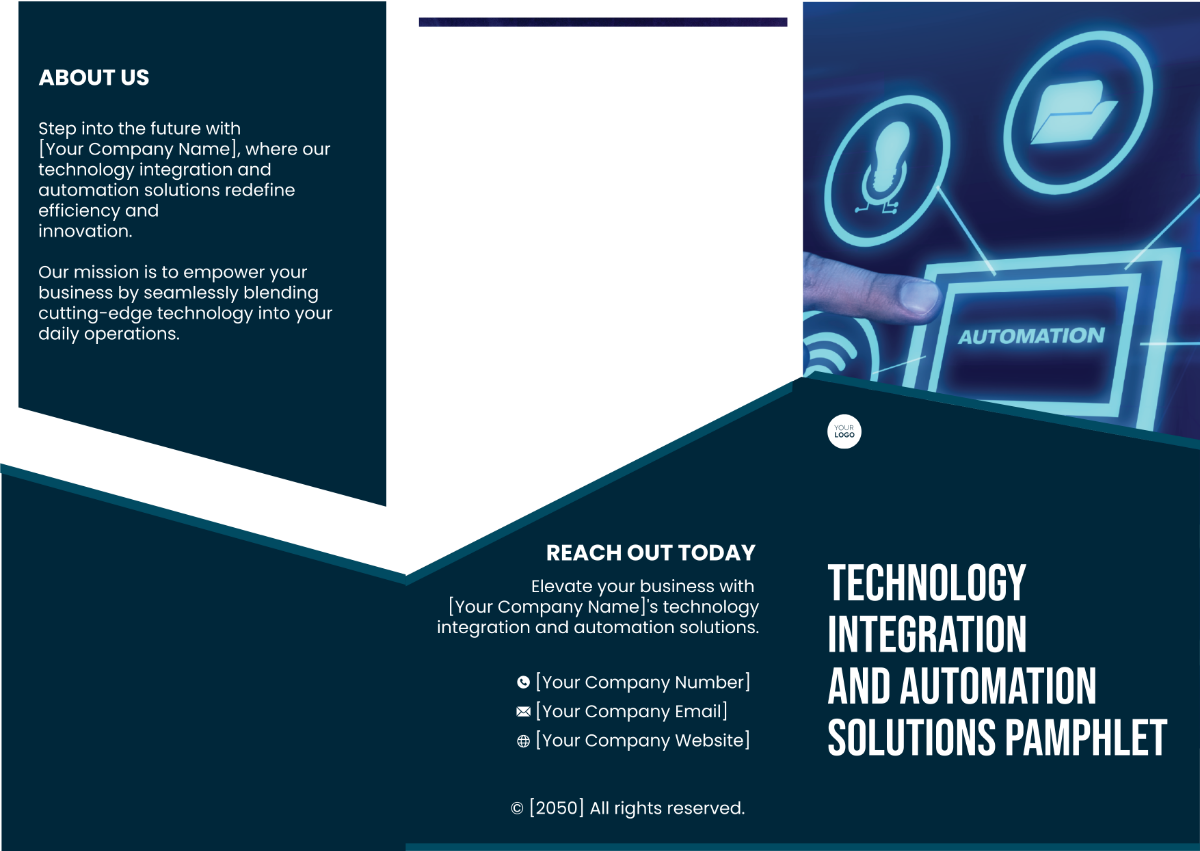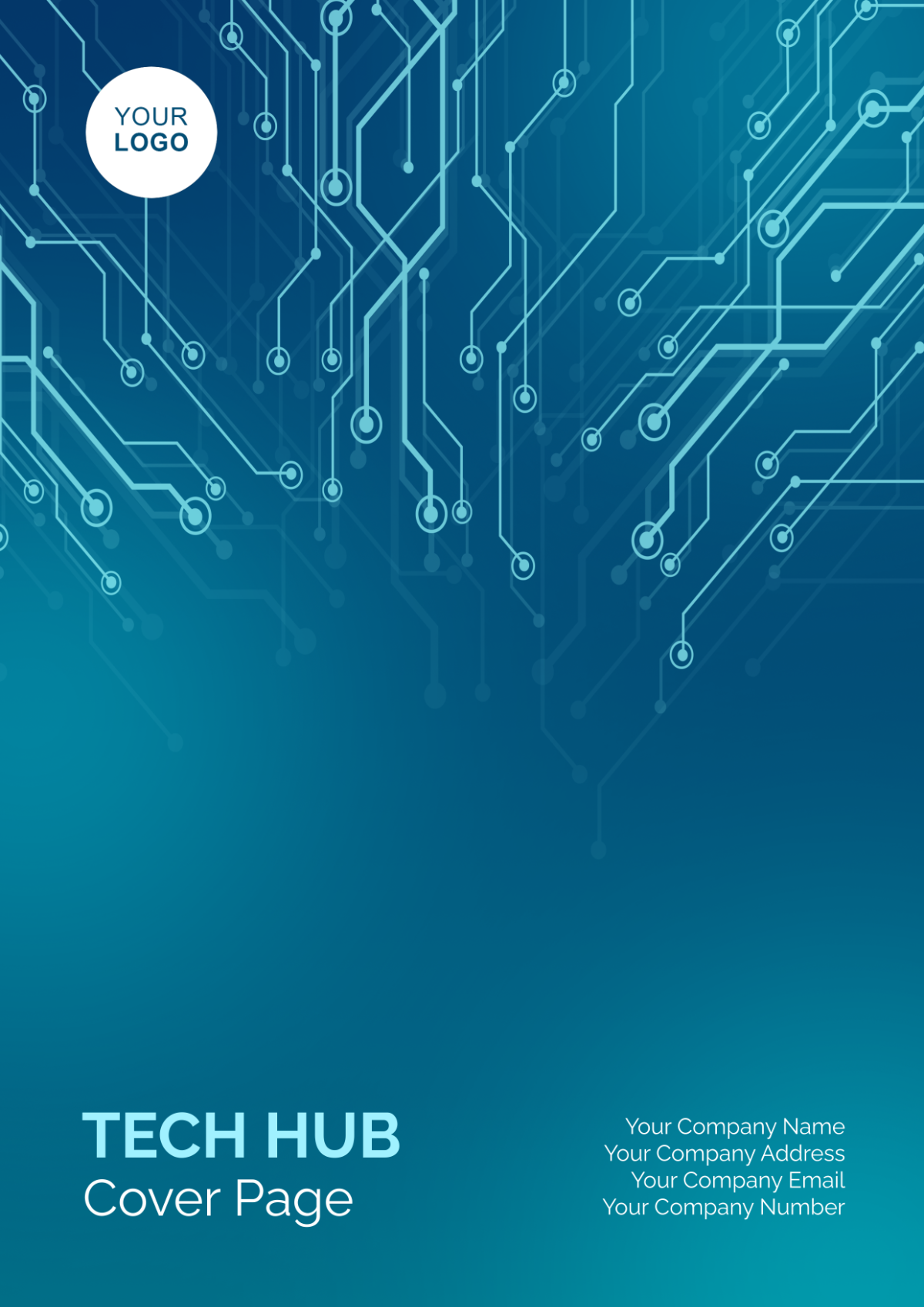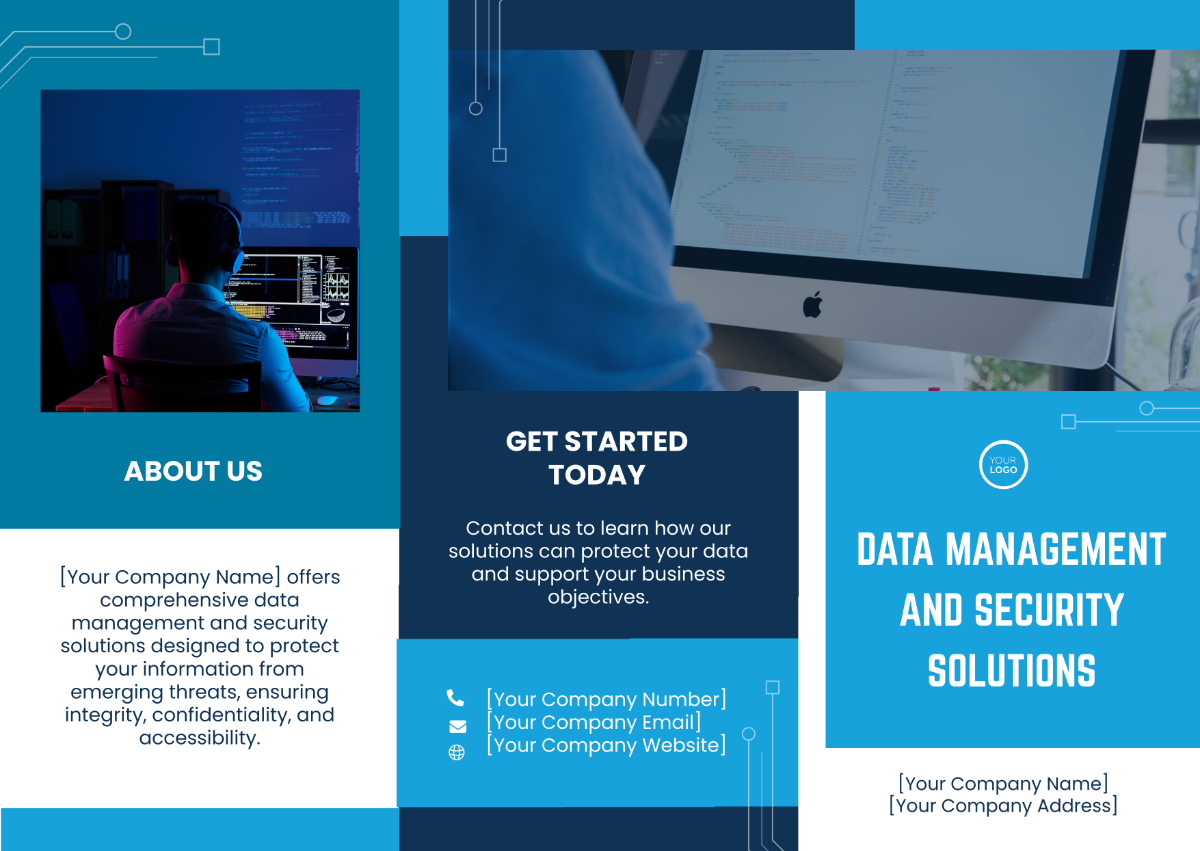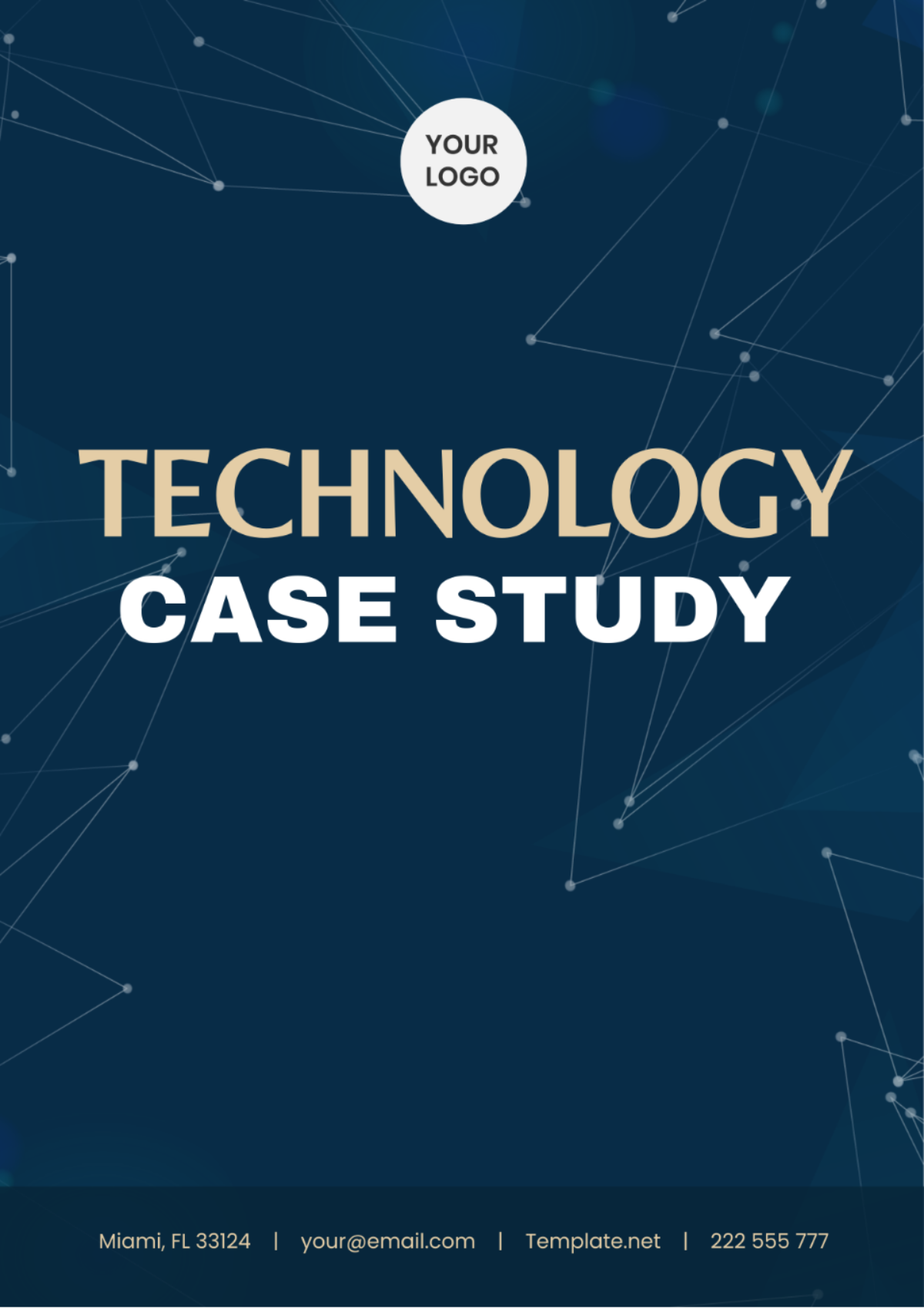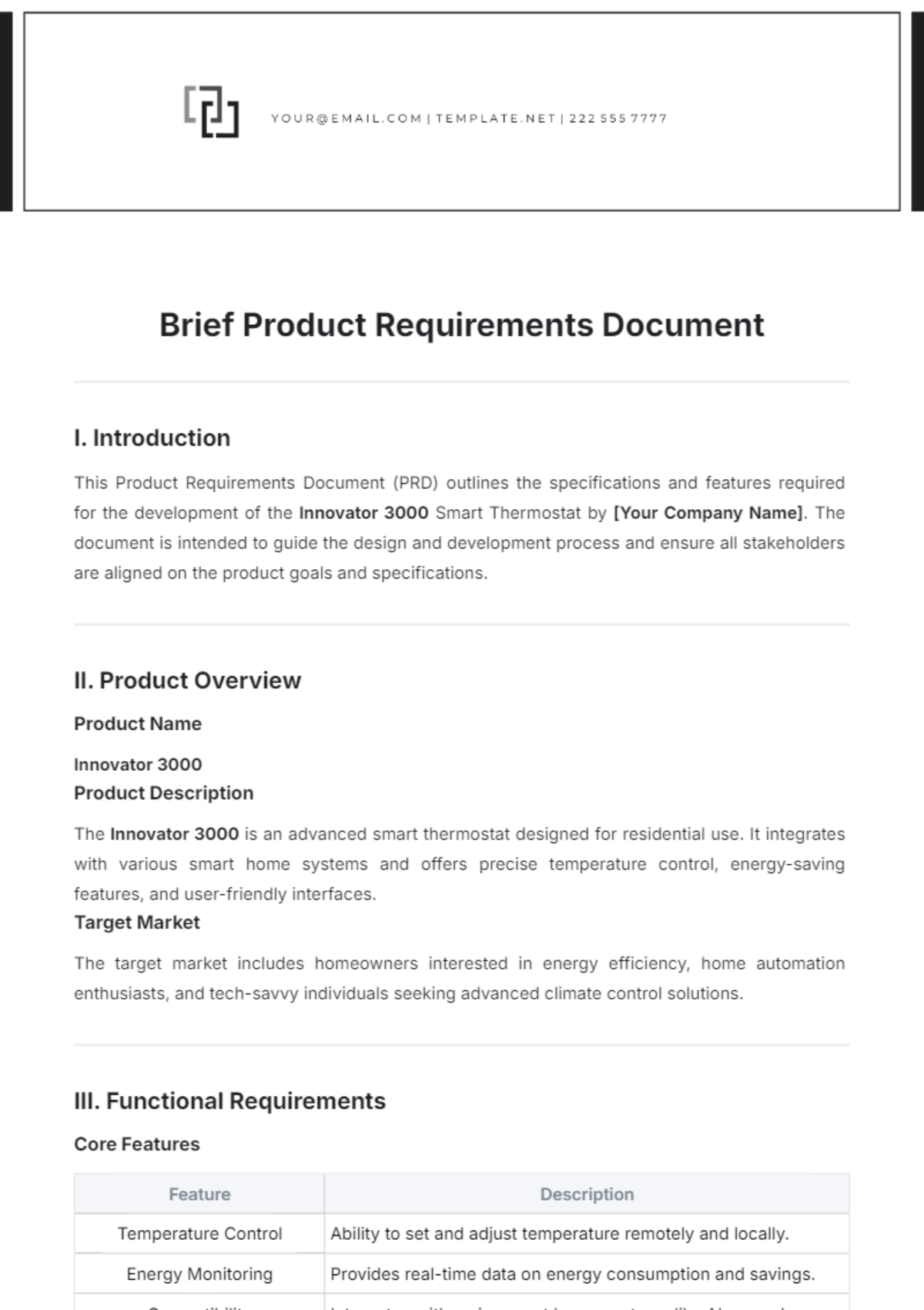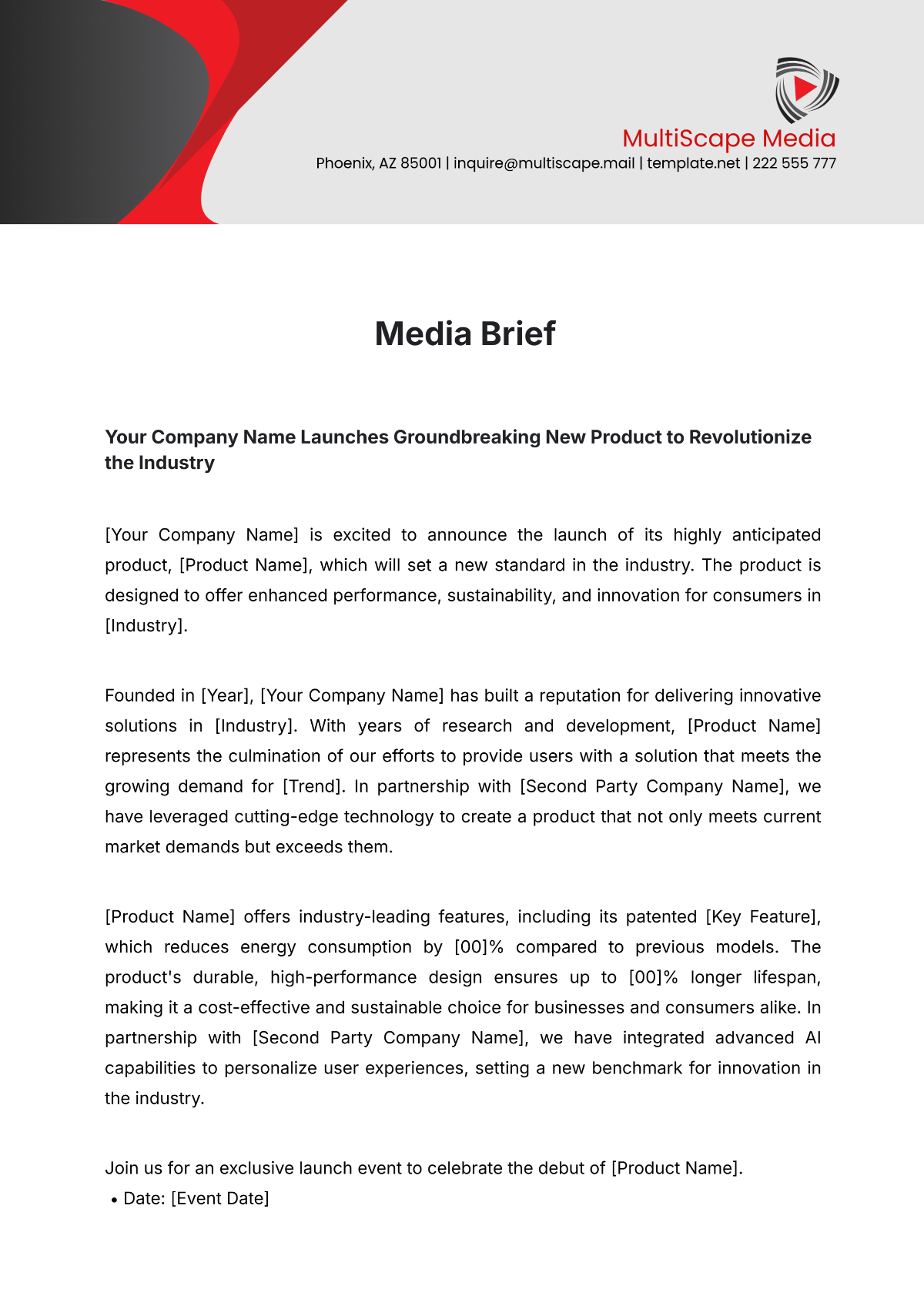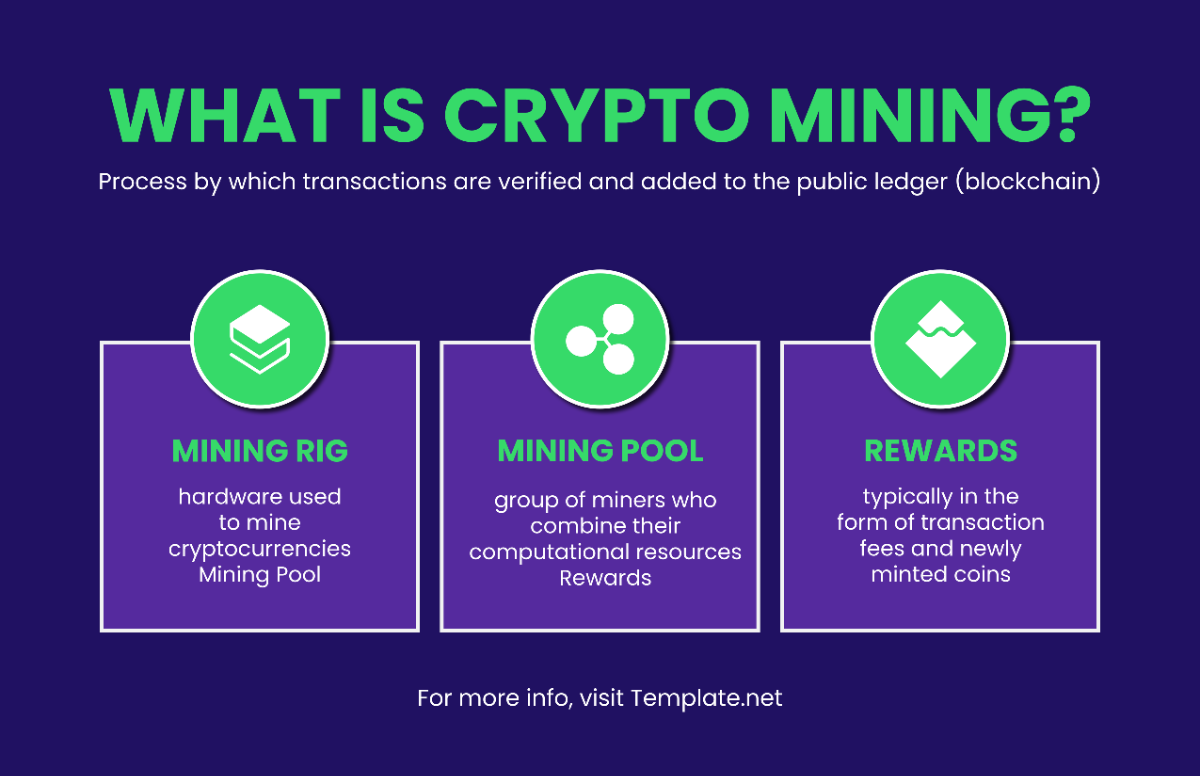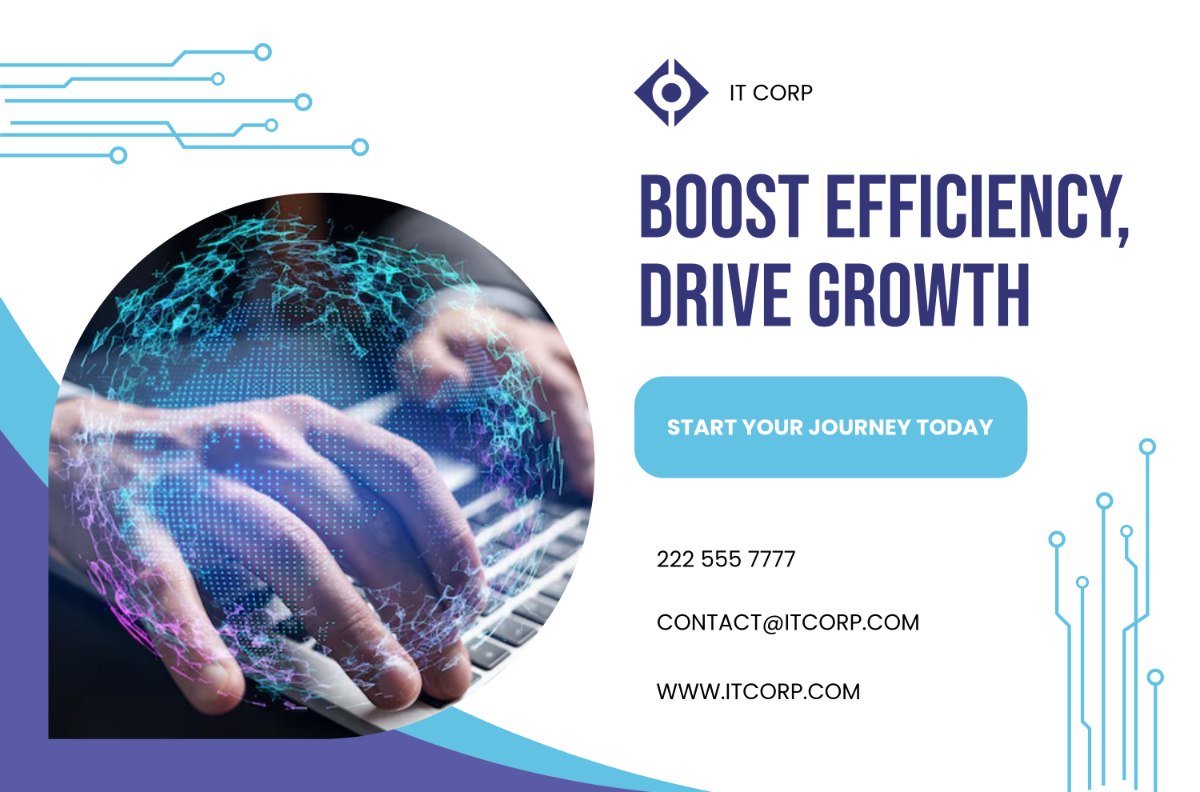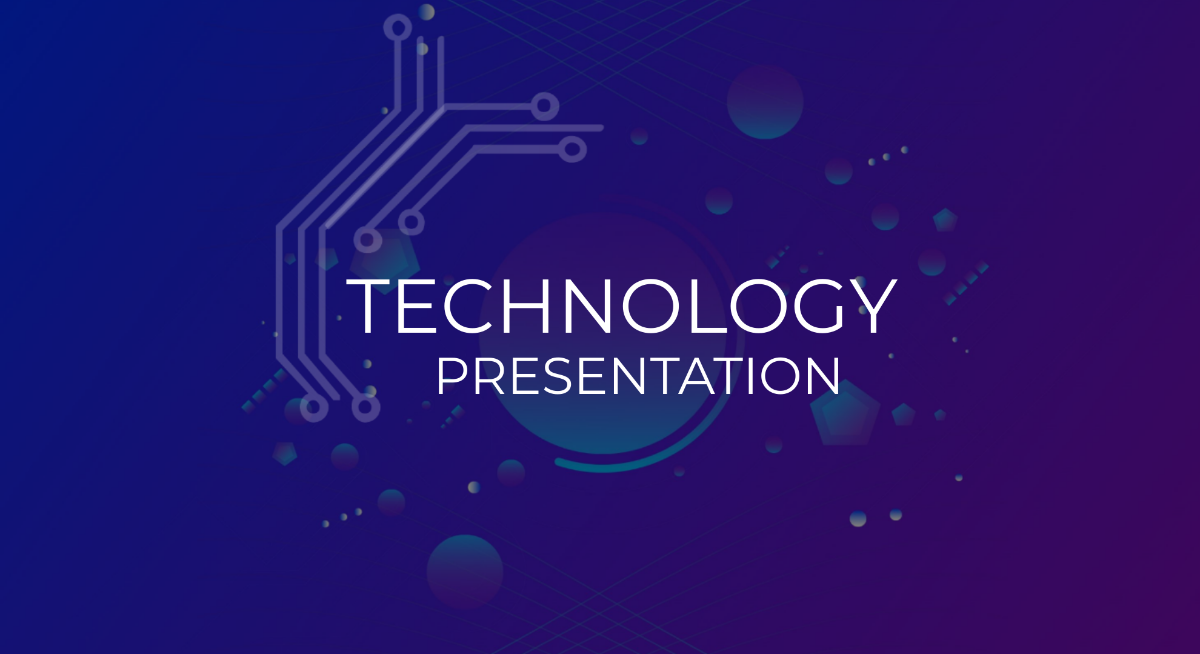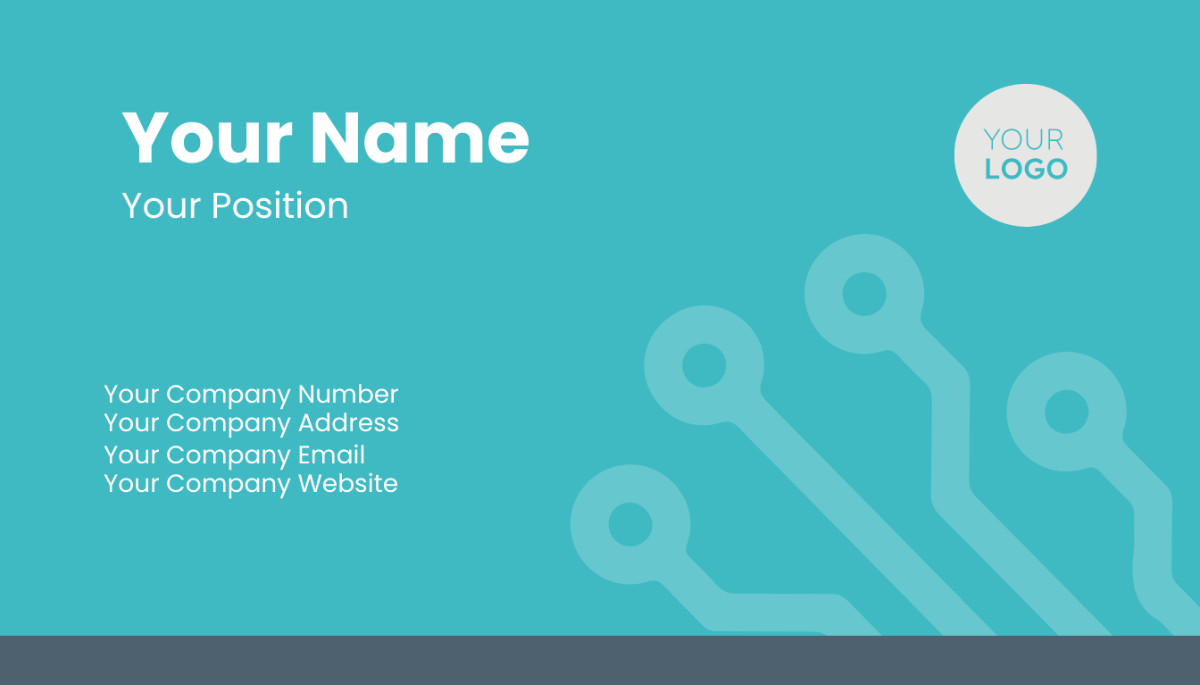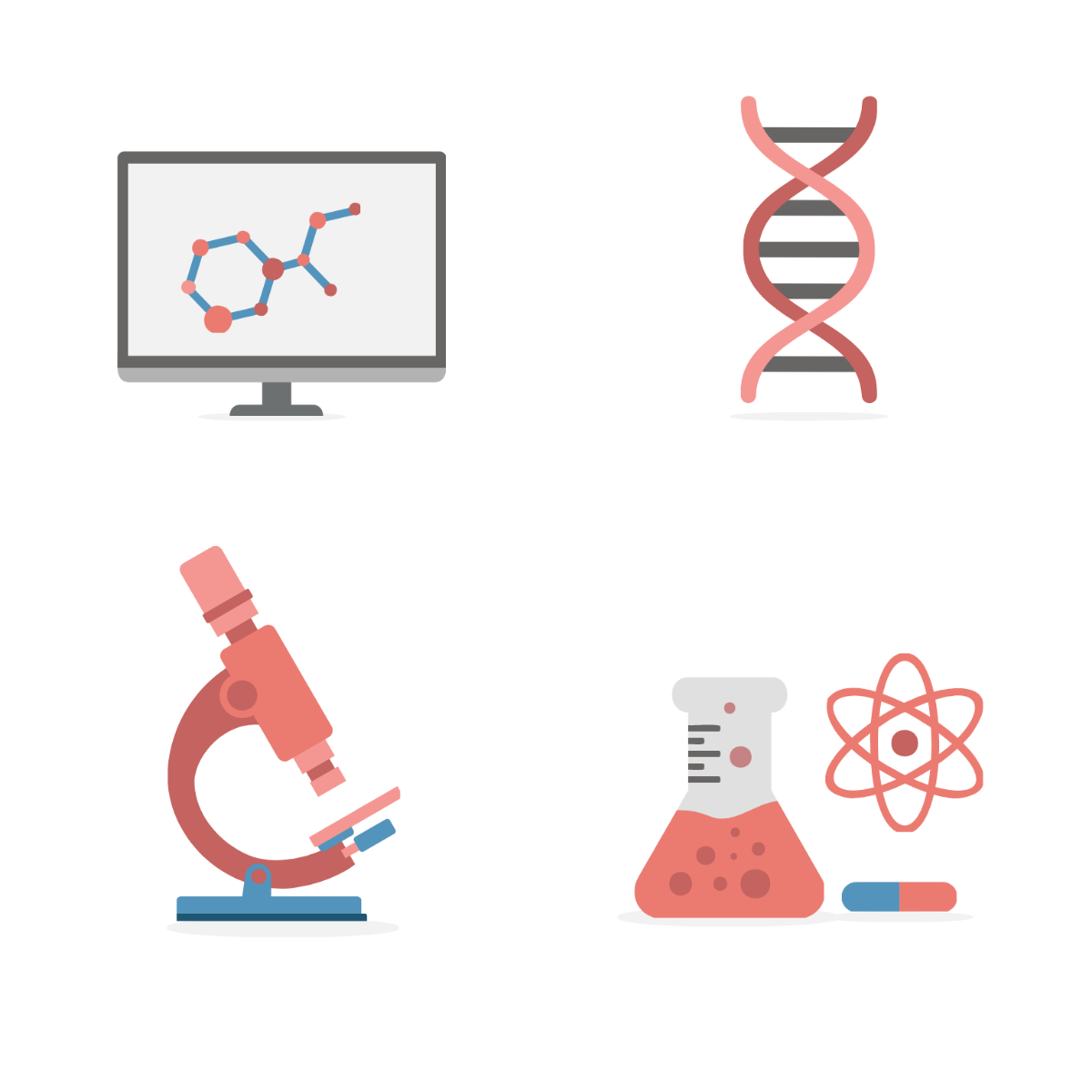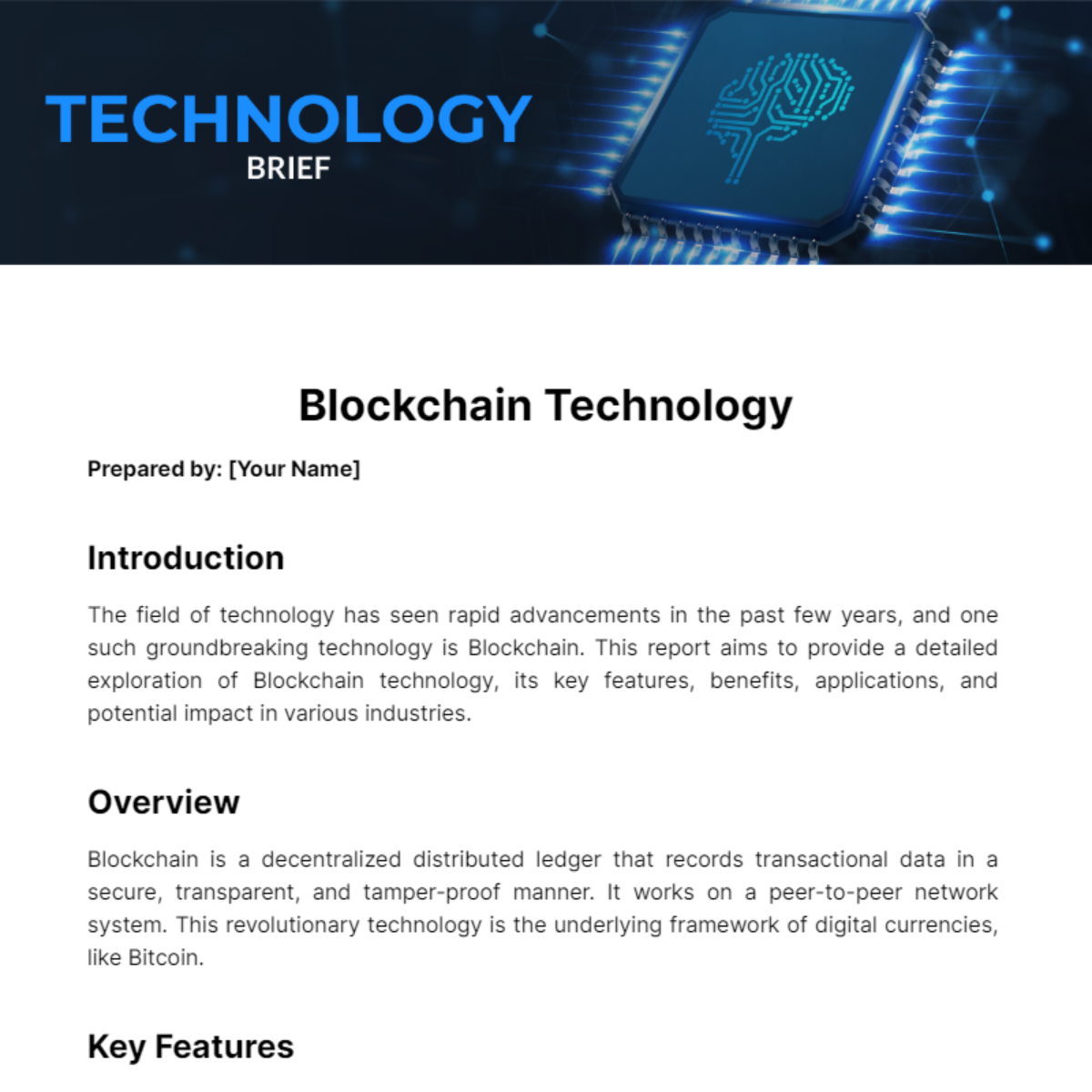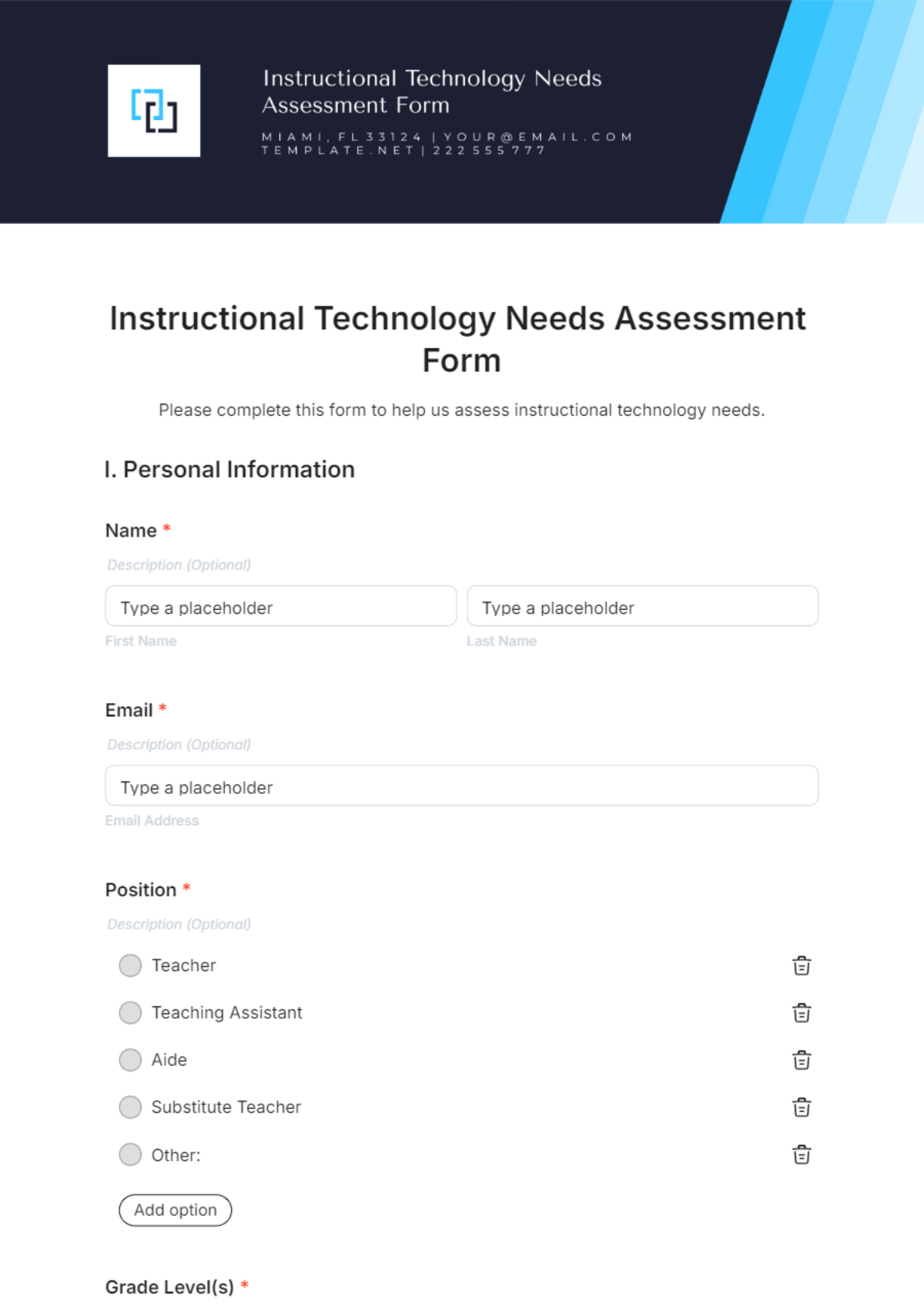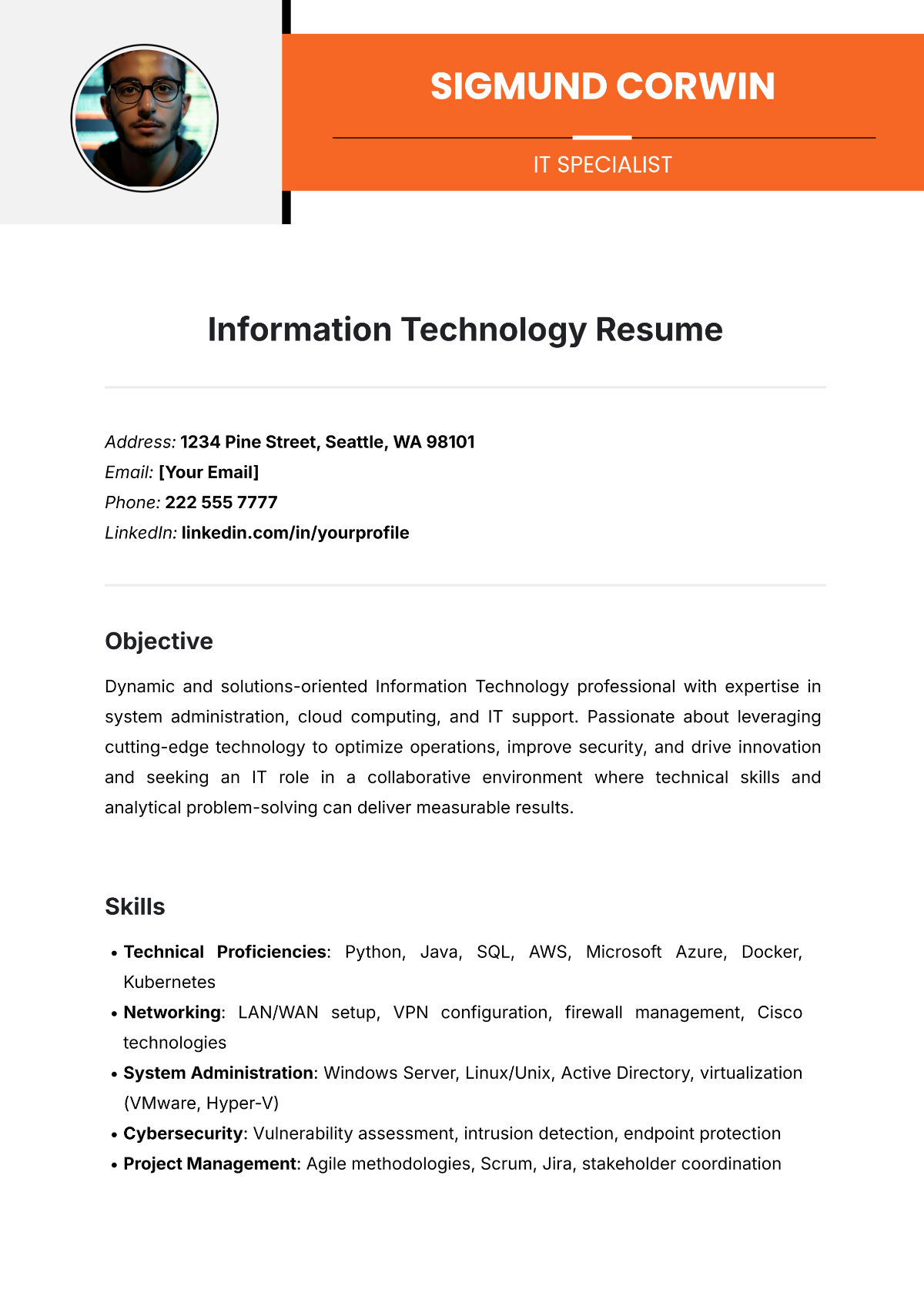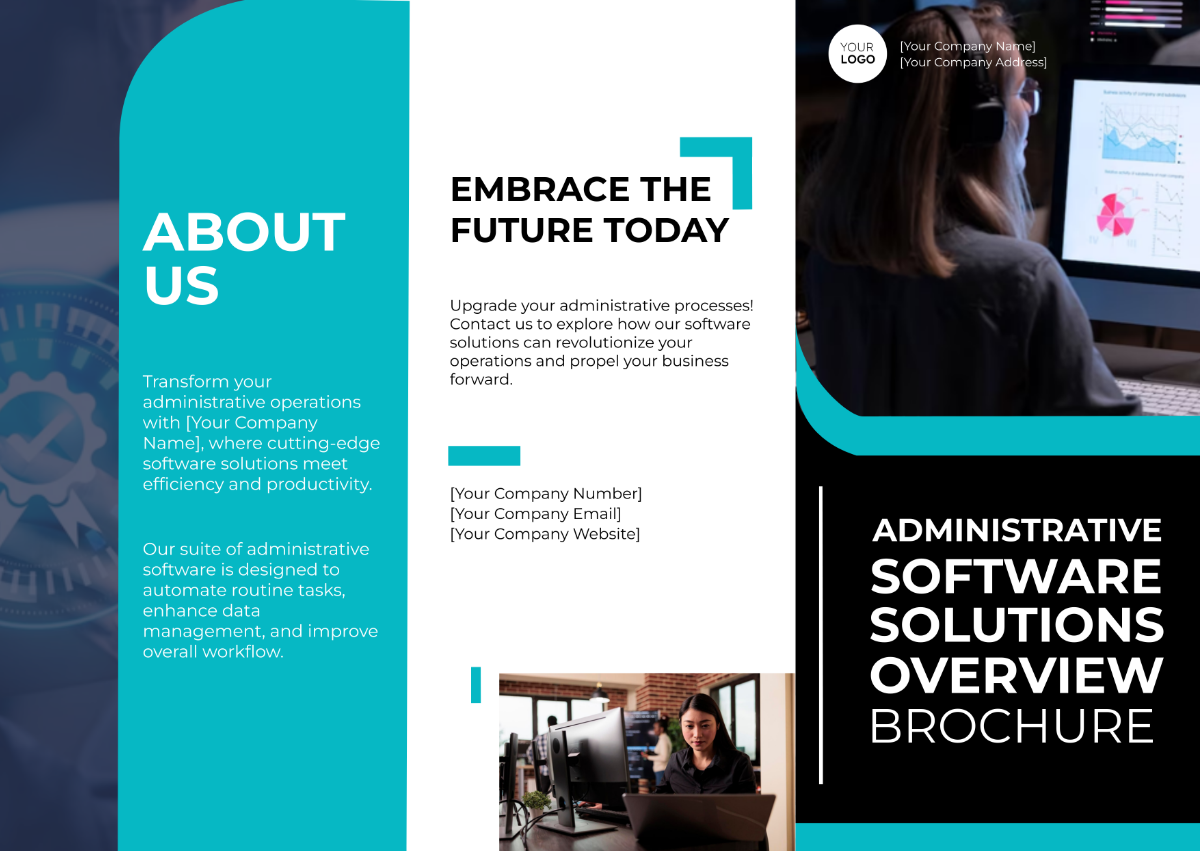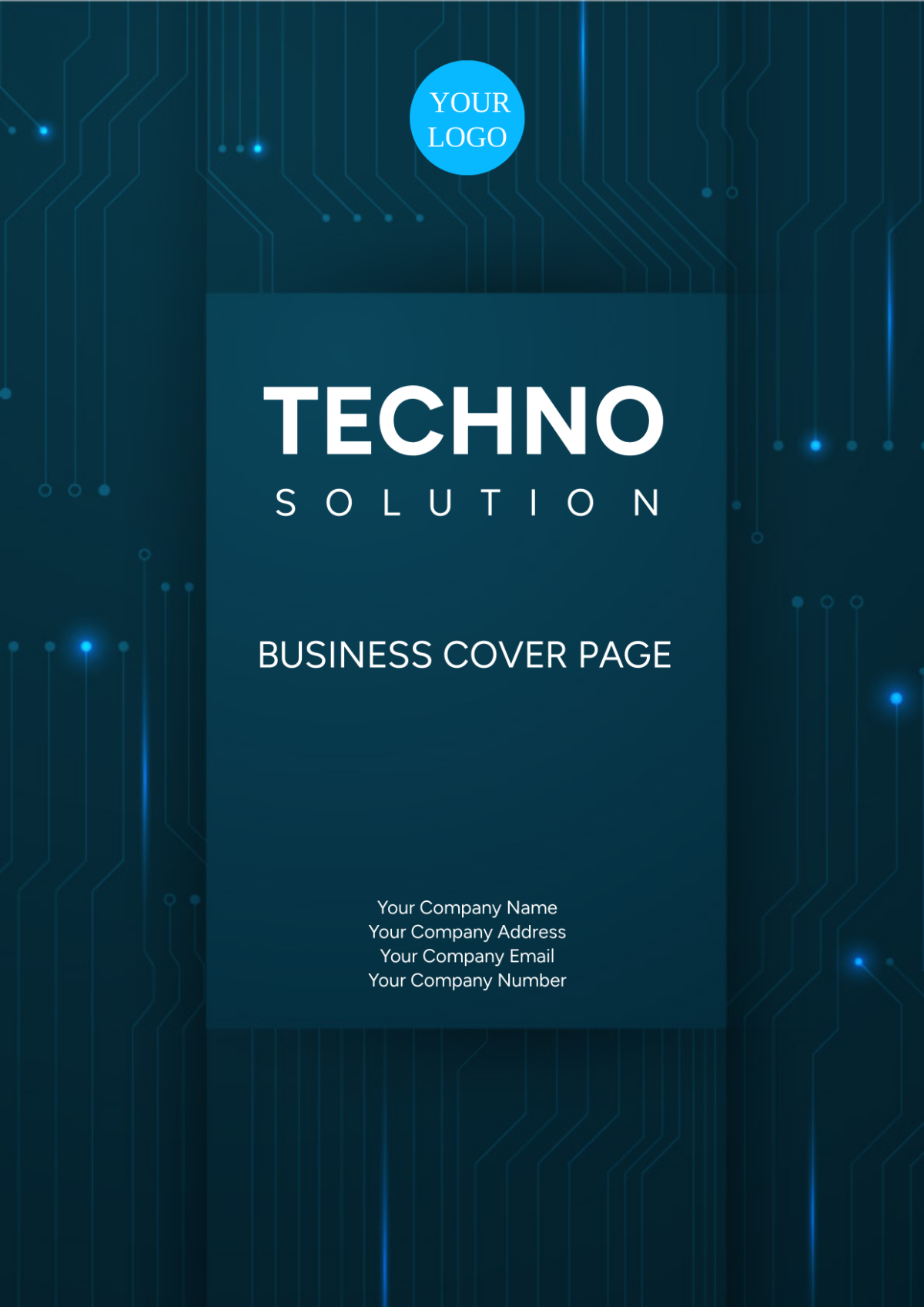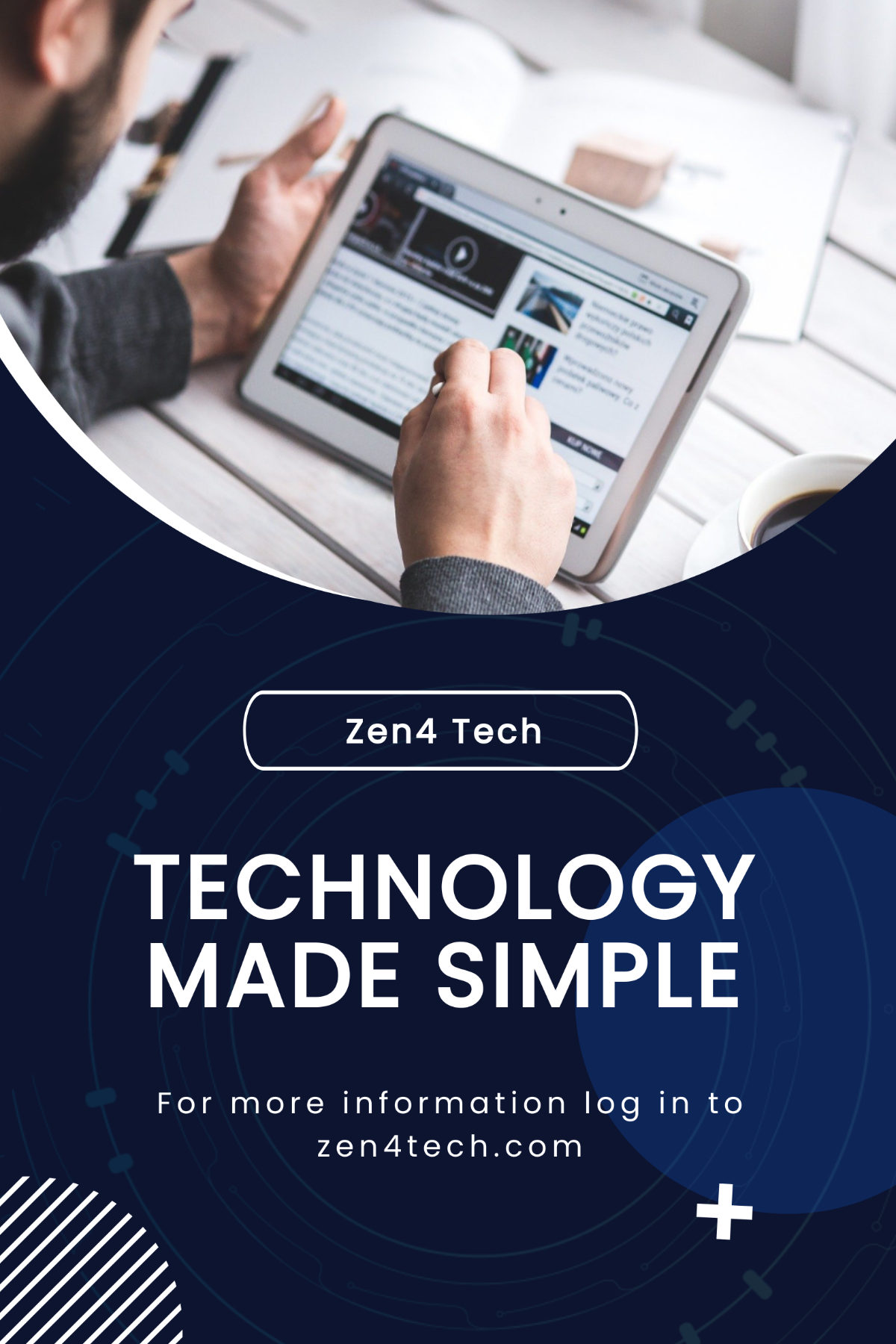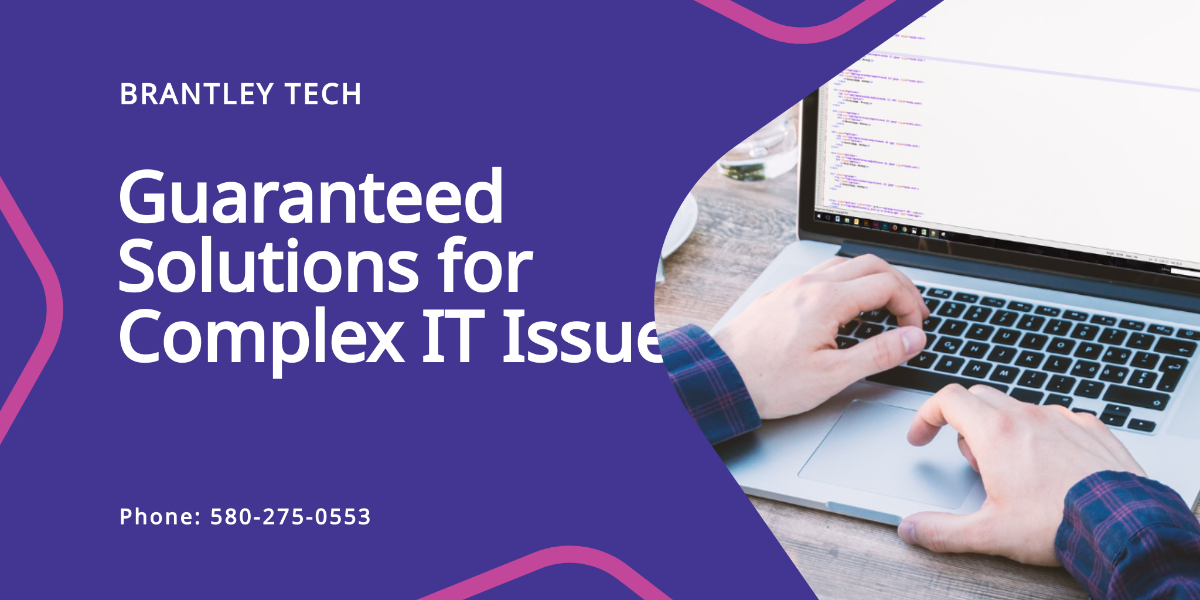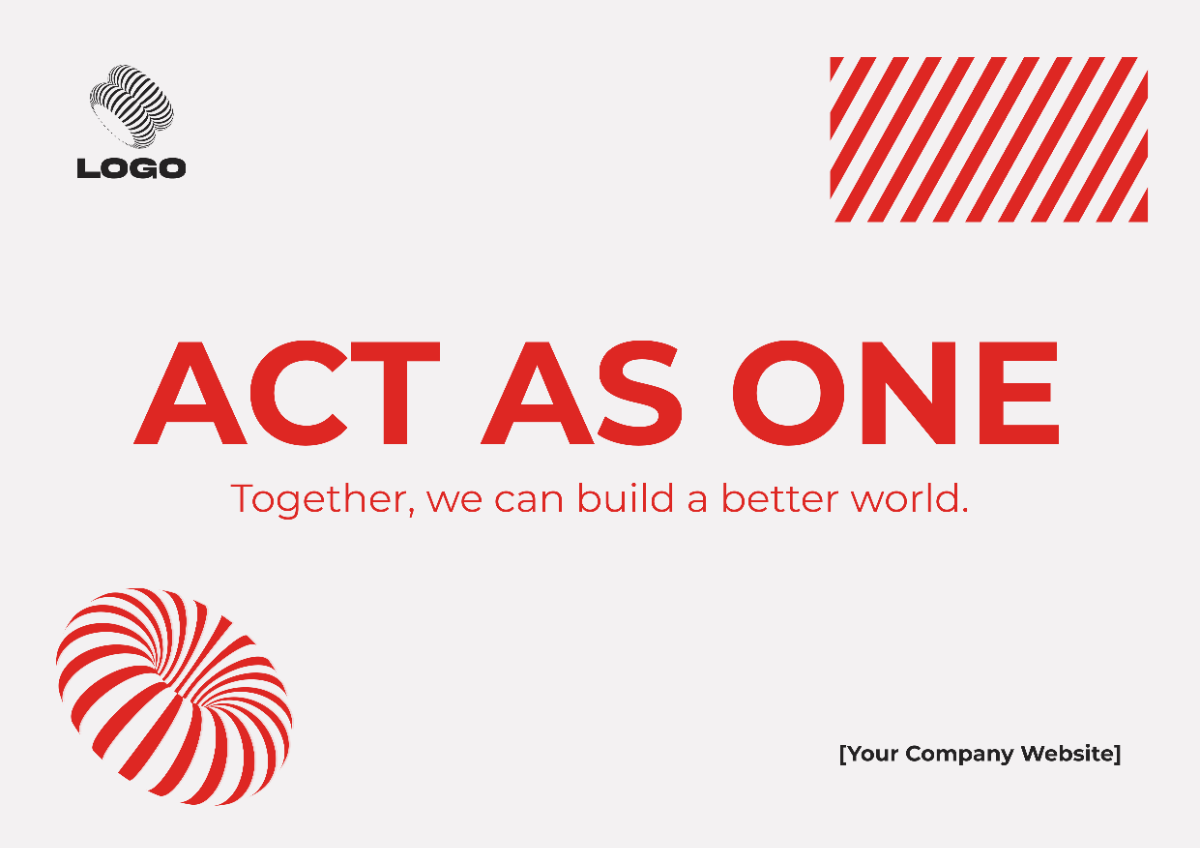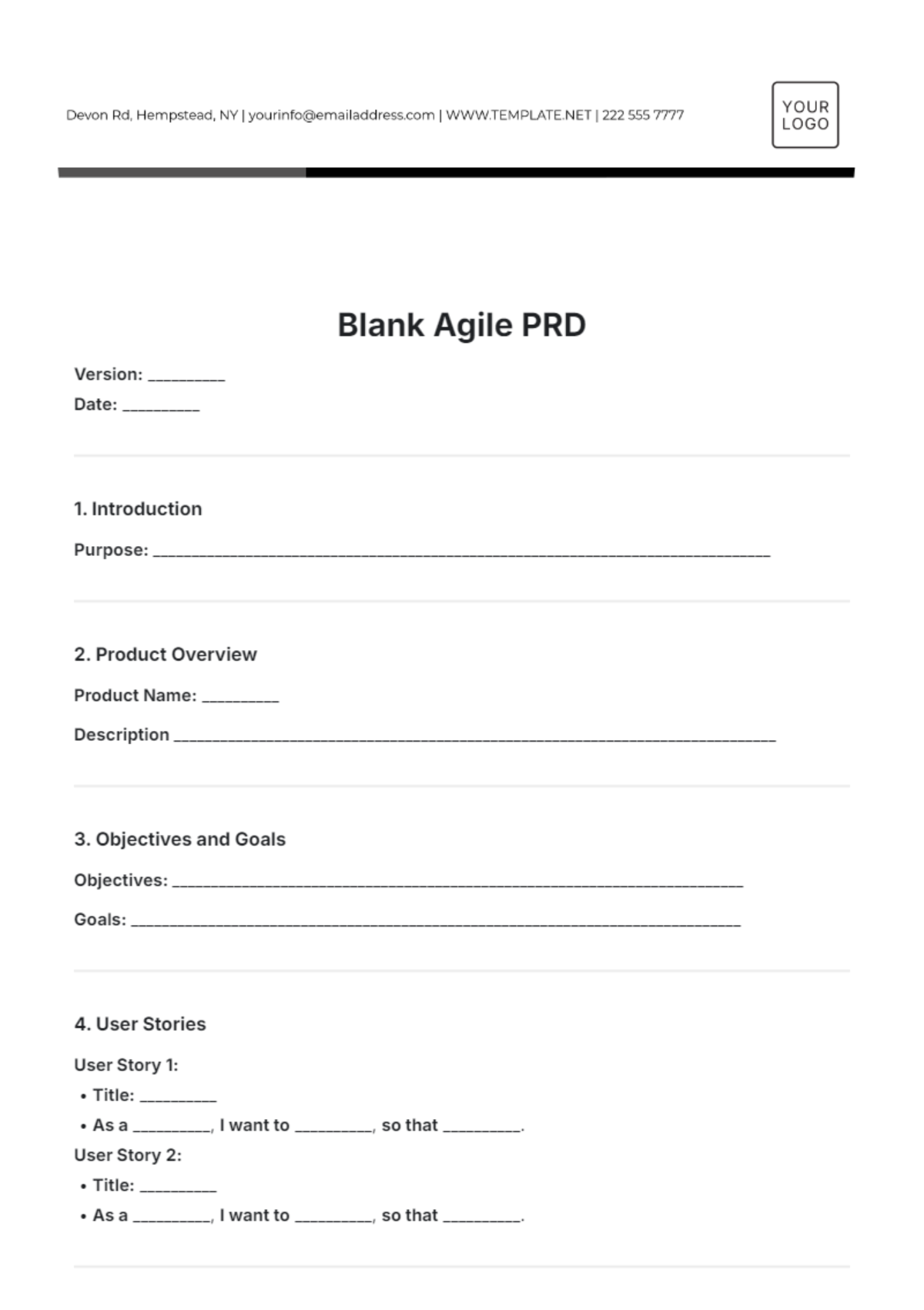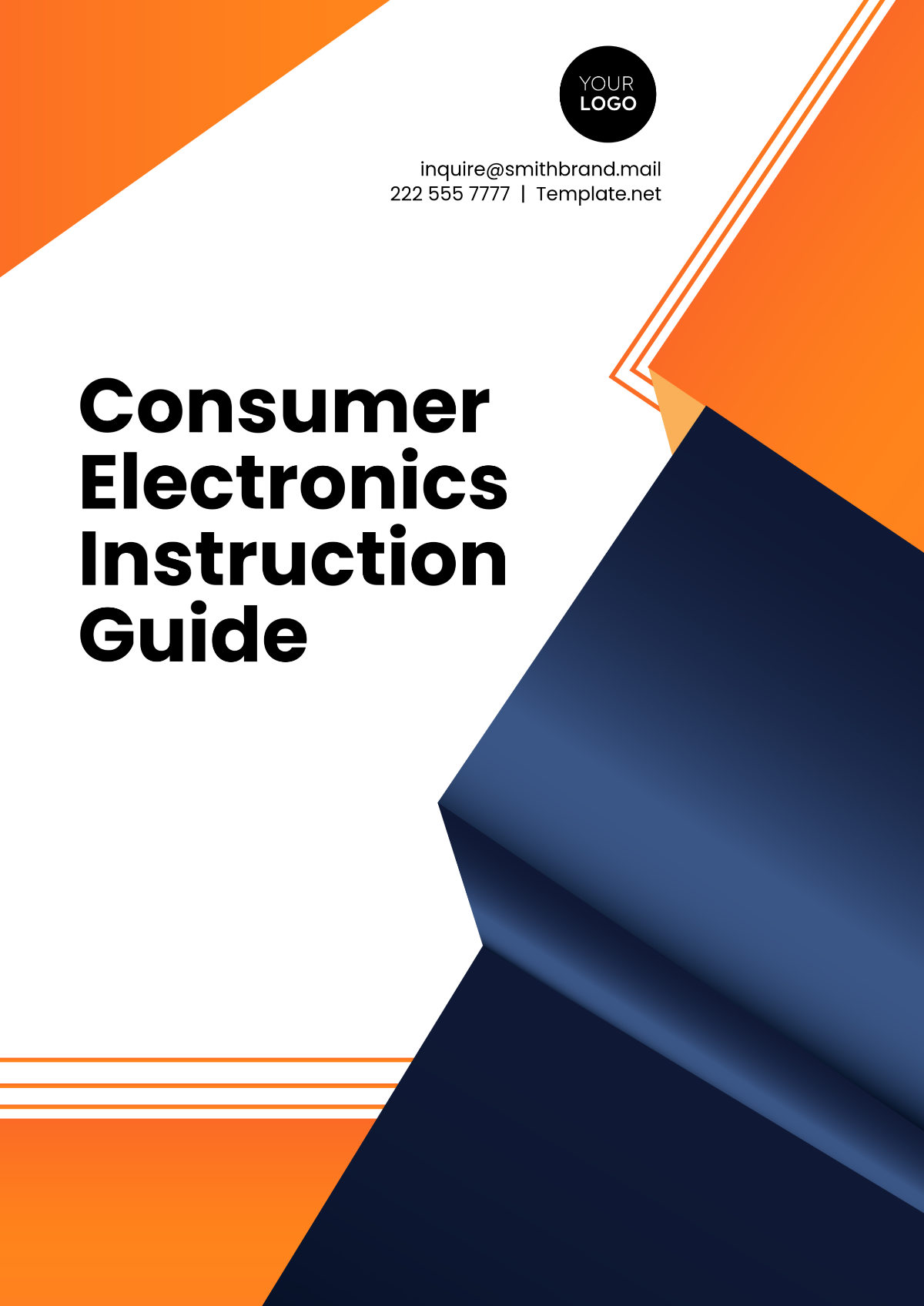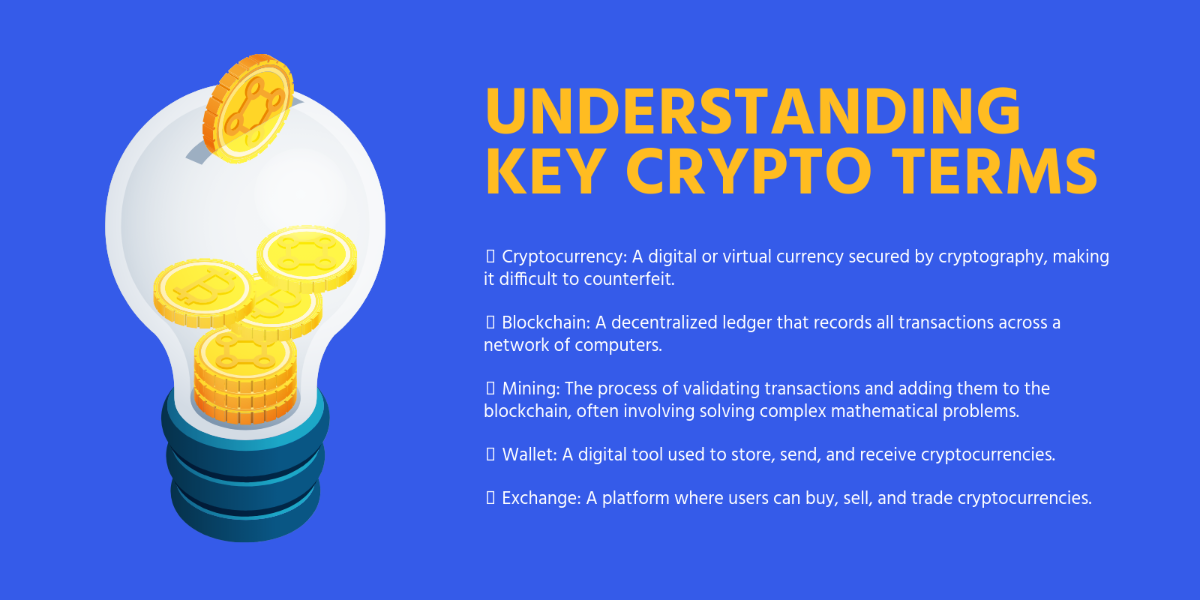IT Asset Management
I. Introduction
A. Overview of IT Asset Management
IT Asset Management (ITAM) is a crucial discipline within modern organizations, encompassing the strategic oversight and management of an organization's technology assets. In [2050], the scope of ITAM extends beyond traditional asset management to include emerging technologies such as quantum computing, AI-driven systems, and advanced cloud infrastructures. This evolving field aims to ensure that all IT assets—spanning hardware, software, licenses, and cloud services—are managed in a way that maximizes their value while minimizing costs and risks.
ITAM integrates various processes and tools to provide a comprehensive view of asset performance and utilization. It involves planning, acquiring, deploying, managing, and disposing of IT assets efficiently. The effective management of these assets ensures alignment with organizational goals, regulatory compliance, and supports overall business strategy. As technology advances, ITAM practices are increasingly sophisticated, incorporating predictive analytics and AI to enhance decision-making and operational efficiency.
B. Purpose of the IT Asset Management Plan
The IT Asset Management Plan for [Your Company Name] aims to establish a structured approach to managing IT assets throughout their lifecycle. The plan addresses the need for:
Strategic Alignment: Ensuring that IT assets align with the company’s strategic goals and operational needs.
Operational Efficiency: Streamlining processes to reduce waste, improve asset utilization, and enhance productivity.
Cost Management: Implementing financial controls to manage expenditures and optimize the total cost of ownership.
Risk Mitigation: Identifying and addressing potential risks related to asset security, compliance, and performance.
Regulatory Compliance: Adhering to industry standards and regulations to avoid legal issues and maintain a reputable business standing.
By implementing this plan, [Your Company Name] aims to optimize asset performance, extend asset lifecycles, and ensure that technology investments deliver maximum value. The plan will be periodically reviewed and updated to adapt to technological advancements and organizational changes.
C. Scope
This IT Asset Management Plan covers all IT assets within [Your Company Name], including but not limited to:
Hardware: Computers, servers, network devices, peripherals, and other physical equipment.
Software: Applications, operating systems, and software licenses.
Cloud Services: Subscription-based services, cloud storage, and virtualized resources.
IT Infrastructure: Networking equipment, data centers, and communication systems.
The scope includes the entire lifecycle of these assets—from acquisition and deployment to maintenance and disposal. It applies to all employees and departments involved in asset management, as well as external vendors and partners who provide IT-related services or products.
II. IT Asset Management Objectives
A. Optimizing Asset Utilization
Effective asset utilization ensures that every IT asset is used to its full potential. This involves:
Monitoring Usage: Tracking how often and how effectively each asset is used. Advanced monitoring tools will be employed to provide insights into utilization patterns, helping to identify underused or overused assets.
Resource Allocation: Allocating assets to departments or projects where they are most needed. This requires a dynamic allocation process that responds to changing business needs and priorities.
Performance Metrics: Establishing key performance indicators (KPIs) to measure asset efficiency. Metrics such as uptime, performance, and user satisfaction will be regularly reviewed to assess asset effectiveness.
B. Cost Control and Budget Efficiency
Cost control is critical for maintaining budget efficiency and ensuring that IT expenditures are justifiable. Strategies include:
Centralized Procurement: Streamlining purchasing processes to reduce redundant or unnecessary acquisitions. This involves negotiating bulk purchasing agreements and leveraging economies of scale.
Lifecycle Cost Analysis: Assessing the total cost of ownership (TCO) for each asset, including acquisition, maintenance, and disposal costs. This helps in making informed decisions about asset investments and replacements.
Expense Tracking: Implementing financial tracking systems to monitor and control IT expenses. This includes regular reviews of spending against budget forecasts and identifying areas for cost savings.
C. Risk Management and Security
Managing risks associated with IT assets is vital to protect the organization from potential threats and disruptions. Key risk management practices include:
Security Protocols: Implementing robust security measures to safeguard IT assets from cyber threats. This includes encryption, access controls, and regular security assessments.
Compliance Monitoring: Ensuring that all assets comply with industry regulations and standards. Regular audits will be conducted to verify adherence to data protection laws and other legal requirements.
Incident Response: Developing an incident response plan to address any security breaches or asset failures promptly. This includes defining roles and responsibilities, establishing communication protocols, and conducting regular drills.
D. Regulatory Compliance
Adhering to regulatory requirements is essential to avoid legal penalties and maintain organizational integrity. Compliance activities include:
Record Keeping: Maintaining accurate and up-to-date records of all IT assets, including acquisition dates, warranty information, and license details. This facilitates audits and ensures regulatory compliance.
Policy Adherence: Developing and enforcing policies that align with regulatory standards. This includes data protection policies, software licensing agreements, and environmental regulations.
Training and Awareness: Providing ongoing training to employees about compliance requirements and best practices for asset management. This helps to ensure that everyone in the organization understands their responsibilities and complies with relevant regulations.
III. IT Asset Lifecycle Management
A. Acquisition
Procurement Process The procurement process involves several stages to ensure that [Your Company Name] acquires IT assets that meet its needs and budget. This includes:
Needs Assessment: Identifying the specific requirements for new assets based on current and future needs. This involves consulting with various departments to understand their technology needs.
Supplier Evaluation: Assessing potential suppliers based on criteria such as reliability, cost, and support services. The evaluation process includes reviewing vendor performance, customer feedback, and financial stability.
Contract Negotiation: Negotiating terms and conditions to secure favorable pricing and service levels. This includes negotiating warranty terms, service level agreements (SLAs), and support contracts.
Vendor Selection Criteria Selecting the right vendors is crucial for ensuring high-quality products and services. Criteria for vendor selection include:
Cost Efficiency: Comparing pricing structures and ensuring that costs are competitive and within budget. This includes evaluating bulk purchasing options and discounts.
Product Quality: Assessing the quality and reliability of the products offered by vendors. This involves reviewing product specifications, performance data, and customer reviews.
Support Services: Evaluating the level of support and service provided by the vendor. This includes examining warranty terms, support availability, and response times.
B. Deployment
Asset Tagging and Inventory Proper tagging and inventory management are essential for tracking and managing assets throughout their lifecycle. This includes:
Tagging Assets: Assigning unique identifiers to each asset using barcodes, RFID tags, or other tracking mechanisms. This facilitates easy identification and tracking.
Inventory Management: Recording asset details in the asset management system, including location, condition, and ownership. Regular updates to the inventory are necessary to reflect changes such as relocations or disposals.
Software Licensing and Compliance Managing software licenses effectively is crucial to ensure compliance and avoid legal issues. This involves:
License Tracking: Maintaining a comprehensive inventory of all software licenses, including their terms, expiration dates, and usage limits. This helps to ensure that the company is not using more licenses than it has purchased.
Compliance Audits: Conducting regular audits to verify that software usage is within the bounds of licensing agreements. This includes reviewing license agreements, usage reports, and compliance status.
C. Maintenance and Monitoring
Preventive Maintenance Preventive maintenance involves regular upkeep to prevent asset failures and extend their lifespan. This includes:
Routine Checks: Performing scheduled maintenance tasks such as cleaning hardware components, updating software, and checking system performance.
Upgrades and Patches: Applying software updates and patches to address security vulnerabilities and improve functionality. Regular upgrades help to ensure that systems remain current and secure.
Automated Monitoring Tools Automated monitoring tools provide real-time insights into asset performance and health. Features of these tools include:
Performance Monitoring: Tracking key performance metrics such as system uptime, response times, and resource utilization. This helps to identify potential issues before they impact operations.
Alert Systems: Generating alerts for critical events or performance deviations. Automated alerts enable prompt response to issues such as hardware failures or security breaches.
D. Retirement and Disposal
End-of-Life (EOL) Procedures Managing the end-of-life process for IT assets involves:
Decommissioning: Safely decommissioning assets that are no longer in use. This includes disconnecting hardware, removing software, and ensuring that all data is securely erased.
Data Sanitization: Ensuring that all sensitive data is securely wiped from devices before disposal. This involves using data destruction tools and methods to prevent data recovery.
Sustainable Disposal Methods Adopting sustainable disposal methods helps to minimize environmental impact. This includes:
Recycling Programs: Participating in electronic waste recycling programs to ensure that hardware components are properly processed and reused.
Responsible Disposal: Partnering with certified e-waste disposal vendors to ensure that assets are disposed of in compliance with environmental regulations and standards.
IV. IT Asset Management Process
A. Asset Identification and Tracking
Asset Management System (AMS) The Asset Management System (AMS) is the central repository for all asset-related data. Key features include:
Centralized Database: A comprehensive database that stores information on all IT assets, including acquisition details, maintenance history, and current status.
Integration: Integration with other systems such as financial management and procurement systems to provide a holistic view of asset data.
Barcode and RFID Tagging Tagging assets with barcodes or RFID tags allows for efficient tracking and management. Benefits include:
Efficient Tracking: Easily scan and update asset information using barcode readers or RFID scanners. This reduces manual data entry errors and improves accuracy.
Real-Time Updates: Track asset movements and status changes in real time. This provides up-to-date information on asset locations and conditions.
B. Asset Audit and Reporting
Regular Audits Conducting regular audits helps to ensure the accuracy and completeness of asset records. Audit activities include:
Physical Inspections: Performing physical checks of assets to verify their existence and condition. This involves comparing physical assets with records in the AMS.
Compliance Checks: Reviewing asset usage and compliance with policies and regulations. This includes verifying software licenses, warranty statuses, and maintenance schedules.
Reporting Dashboards Reporting dashboards provide visual insights into asset performance and status. Features include:
Customizable Reports: Generate reports on various aspects of asset management, such as utilization, cost, and compliance. Reports can be customized to meet specific needs and preferences.
Data Visualization: Use charts, graphs, and other visual tools to present data in an easily understandable format. This helps stakeholders quickly grasp key metrics and trends.
C. Asset Reallocation
Asset Reallocation Policy The asset reallocation policy ensures that assets are used effectively across the organization. Key aspects include:
Request Process: Establishing a formal process for requesting asset reallocation, including submission, approval, and fulfillment steps.
Allocation Criteria: Defining criteria for reallocating assets, such as priority, departmental needs, and asset condition.
Approval Workflow An automated approval workflow streamlines the reallocation process. Features include:
Automated Requests: Submit asset reallocation requests through an online system that automatically routes them to the appropriate approvers.
Tracking and Notifications: Track the status of reallocation requests and receive notifications when approvals are needed or granted.
V. IT Asset Management Roles and Responsibilities
A. IT Asset Manager
The IT Asset Manager is responsible for overseeing all aspects of IT asset management. Key responsibilities include:
Strategy Development: Developing and implementing strategies for managing IT assets, including policies, procedures, and best practices.
System Management: Ensuring that the AMS is properly configured, maintained, and utilized. This includes managing user access, data integrity, and system upgrades.
Stakeholder Coordination: Coordinating with other departments, vendors, and stakeholders to ensure effective asset management. This involves communication, collaboration, and problem resolution.
B. IT Department
The IT Department plays a critical role in managing the technical aspects of IT assets. Responsibilities include:
Configuration and Installation: Setting up and configuring hardware and software assets according to organizational standards and requirements.
Maintenance and Support: Providing ongoing support and maintenance for IT assets. This includes troubleshooting issues, applying updates, and ensuring system reliability.
C. End-Users
End-users are responsible for the proper use and care of IT assets assigned to them. Duties include:
Usage: Using IT assets according to company policies and guidelines. This involves following best practices for security, performance, and maintenance.
Reporting Issues: Reporting any problems or issues with IT assets to the IT Department or Asset Manager. This includes reporting hardware malfunctions, software errors, or security concerns.
D. Finance Department
The Finance Department supports IT asset management by overseeing financial aspects. Key tasks include:
Budget Management: Managing the budget for IT asset purchases, maintenance, and other expenditures. This involves tracking spending, forecasting future needs, and ensuring budget adherence.
Financial Reporting: Providing financial reports and analysis related to IT assets. This includes generating cost reports, analyzing expenditure trends, and assessing the financial impact of asset decisions.
VI. Budget and Cost Analysis
A. Budget Projections for 2050-2080
Accurate budget projections are essential for managing IT assets effectively. The following table outlines estimated IT asset budgets for the years [2050-2080], considering anticipated technological advancements and inflation.
Table 1: Estimated IT Asset Budget for [2050-2080]
Year | Hardware ($) | Software ($) | Cloud Services ($) | Total Budget ($) |
|---|---|---|---|---|
2050 | [1,000,000] | [500,000] | [300,000] | [1,800,000] |
2060 | [1,200,000] | [700,000] | [450,000] | [2,350,000] |
2070 | [1,500,000] | [900,000] | [600,000] | [3,000,000] |
2080 | [2,000,000] | [1,200,000] | [800,000] | [4,000,000] |
These projections account for factors such as technological advancements, inflation rates, and increased demand for IT resources. The budget allocations will be adjusted annually to reflect changes in technology and business requirements.
B. Cost Control Measures
To ensure effective cost control, [Your Company Name] will implement the following measures:
Bulk Purchasing Agreements: Negotiating bulk purchasing agreements with vendors to obtain discounts and reduce overall costs. This involves assessing vendor offers and leveraging long-term relationships to secure favorable terms.
Vendor Management: Establishing strategic partnerships with key vendors to manage costs and improve service levels. This includes regular performance reviews and contract renegotiations as needed.
Automated License Management: Utilizing automated tools to manage software licenses and subscriptions. This helps to track license usage, ensure compliance, and identify opportunities for cost savings.






